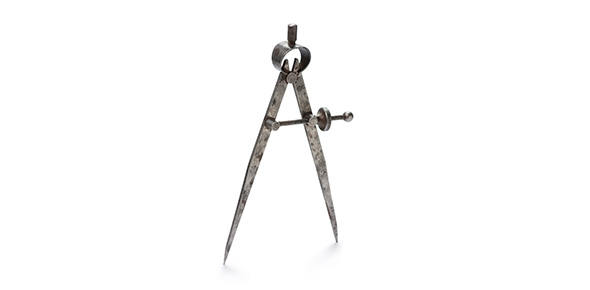Related Flashcards
Related Topics
Cards In This Set
| Front | Back |
|
What is the atomic mass
|
The atomic mass is the weight of and element. Calculated by the total mass of protons and neutrons(as electrons weight 2000 times less than either)
|
|
What is the atomic numberwhat does this, combined with the atomic mass allow us to calculate?
|
The atomic number is the neutron number.As the number of neutrons is equal to the number of protons, we therefore know the number of electrons. also, this means that: the atomic mass - the atomic number = number of neutrons
|
|
What is an isotope
|
An isotope is where the element has the same electronic configuration as usual, but the mass has changed (due to a different number of protons)
|
|
What is the top number of an isotope, and what it the bottom number
|
The top number is always the bigger of the two - the atomic mass (this is what changes in different isotopes)the bottom number is the atomic number which remains the same
|
|
What is the relative atomic mass of an element?How do we calculate it?
|
This is taking into account all of the isotopes f that element, and forming a new mass. E.g.To calculate the relative atomic mass we see:
. Ar Ag = 107 + 109 = 108 2 Ar Br = 79 + 81 = 80 2 |
|
Define relative atomic mass:
|
THE RELATIVE ATOMIC MASS OF AN ELEMENT, IS THE MASS OF AN ATOM OF
THIS ELEMENT, COMPARED WITH THE MASS OF ONE ATOM OF CARBON ISOTOPE 12 (12C).
(WHICH HAS A MASS OF 12.000 EXACTLY).
|
|
What is the difference between a stable and non stable isotope?
|
Non-stable isotopes are radioactive. Nucleus will split up and give off subatomic energy.From element 84 in the periodic table, ALL ELEMENTS ARE THEN RADIOACTIVE.
|
|
How log does it take an atom to decay?
|
The time taken for
half the atoms in the sample to decay is a constant property of the isotope.
This property is called the half life t½.What
it means is this. If I have a sample of 14C, then after t½
, half the atoms present will have decayed. After a further t½ half
of the remaining atoms will have also decayed, and so on. This means that t½
does not depend on the number of atoms in the sample. Whatever this is, half of
them will have decayed after t½. For example 14C has t½
= 5730 years. This is very convenient
for archeologists, who use 14C dating as a way of finding the age of
objects they find. (For instance the Shroud of Turin was proved to be a
medieval cloth by carbon dating).
|
|
Lala
|
Lalal
|





